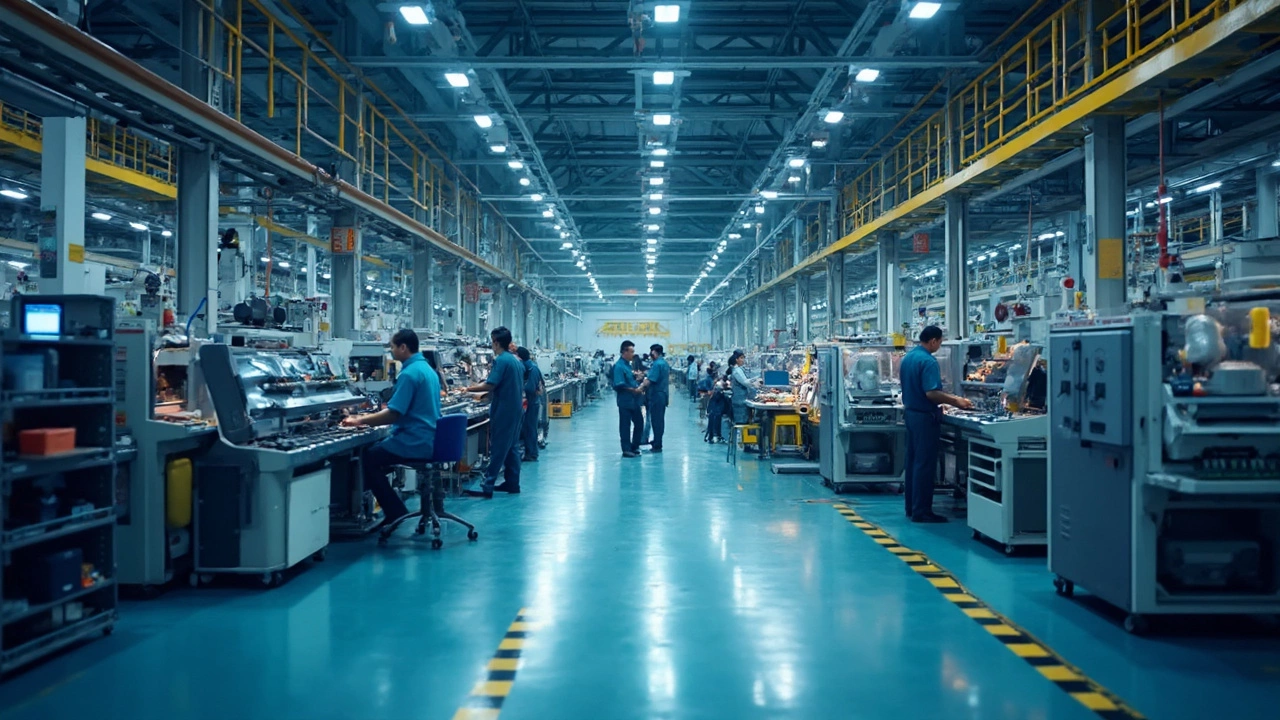Manufacturing Trends Shaping 2025 – What’s Hot and What’s Next
If you work in a factory, run a small shop, or just keep an eye on the market, you’ve probably heard the buzz around new manufacturing trends. The changes aren’t just tech‑talk – they affect daily operations, hiring, and even the price of the products you buy. Below we break down the biggest shifts and give you clear steps to keep up.
What’s Hot in Production Today
First off, automation is no longer a pilot project. Robots, collaborative cobots, and AI‑driven quality checks are now standard on the floor. They speed up repetitive work and cut errors, letting humans focus on problem‑solving. If you haven’t started, look at a simple vision‑system that flags defects on a conveyor – it’s cheaper than you think.
Second, sustainability is a must‑have, not a nice‑to‑have. Companies are cutting energy use, recycling scrap metal, and switching to greener materials. The new “circular” approach means you can sell a product and later buy back the old version for remanufacturing. This not only lowers waste but also opens a revenue stream.
Third, the rise of local manufacturing is reshaping supply chains. After years of overseas reliance, many firms are setting up smaller, flexible plants closer to customers. This cuts shipping time, reduces carbon footprints, and protects you from global disruptions like port delays. Think of a micro‑factory that produces a specific component on demand – it’s fast, cheap, and keeps inventory low.
Fourth, digital twins and data analytics are turning every machine into a data source. By creating a virtual replica of a production line, you can test changes before you apply them on the floor. Real‑time dashboards help managers spot bottlenecks early and schedule maintenance before a breakdown happens.
Where to Look Next
Looking ahead, 3D printing is moving beyond prototypes. Large‑scale metal printers are now making functional parts for aerospace and automotive sectors. If your business deals with low‑volume, high‑value items, investing in a printer could cut tooling costs dramatically.
Workforce upskilling is another trend you can’t ignore. As machines become smarter, you need people who can program, interpret data, and maintain equipment. Short online courses in robotics or data analysis can boost your team’s capability without a big time commitment.
Finally, see how other industries are adapting. For example, the US chemical sector remains the largest manufacturing subsector, showing that niche expertise still wins big. Meanwhile, Indian textile mills are expanding by adding automation while keeping a strong local workforce. These real‑world examples prove that blending technology with existing strengths works.
To stay ahead, start small: pick one trend that matches your current challenge, set a clear goal, and measure the results. Whether it’s adding a sensor to track energy use or trialing a cobot for a single task, incremental steps add up to big wins.
Manufacturing is in a fast‑moving phase, but the core idea stays the same – make better products, faster, and cheaper. By embracing the right trends now, you’ll be ready for whatever comes next.

